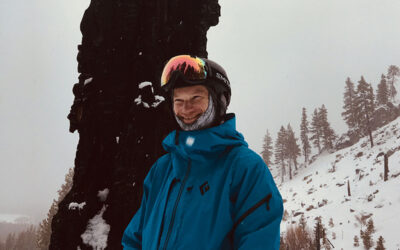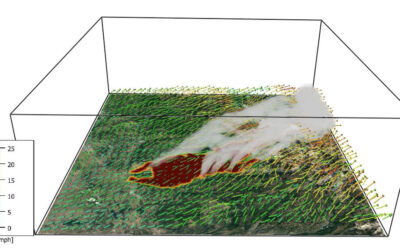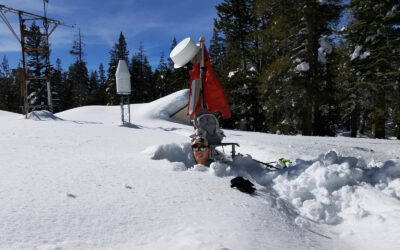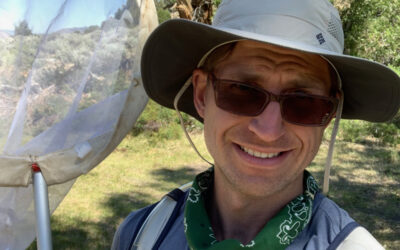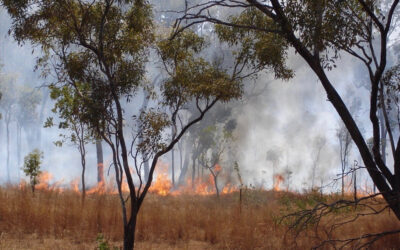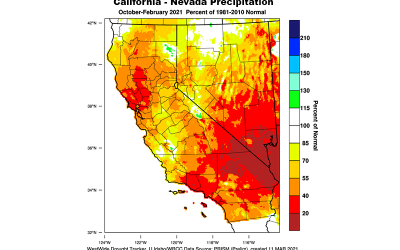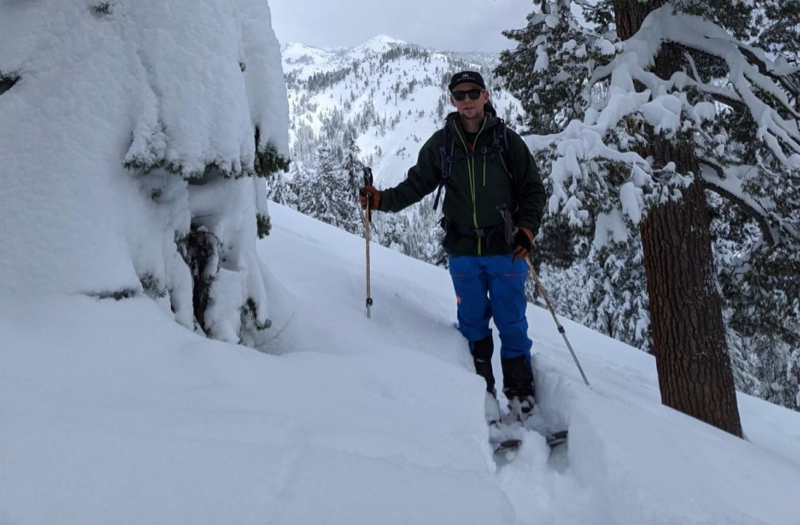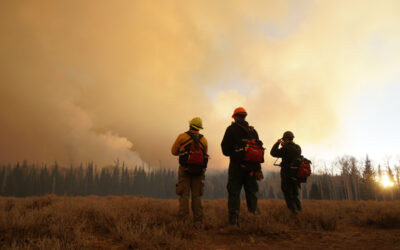DRI scientist Benjamin Hatchett, Ph.D., has been honored with the 2022 Rising Researcher Award from the Nevada System of Higher Education (NSHE) Board of Regents.
New NV Energy Foundation Grant Will Support Wildfire Preparedness in Nevada
A generous grant from the NV Energy Foundation will provide $150,000 to support DRI’s development of a Weather and Research Forecast advanced modeling tool that simulates weather, fire, and smoke for firefighting and prescribed fire operations.
Meet Anne Heggli, Graduate Researcher
Anne Heggli is a graduate research assistant with the Division of Atmospheric Science at DRI in Reno. She is a Ph.D. student studying atmospheric science at the University of Nevada, Reno. Learn more about Anne and her graduate research in this interview with DRI’s Behind the Science blog!
Meet Graduate Researcher Nicholas Kimutis
Meet graduate researcher Nicholas Kimutis and learn about his work in DRI’s Division of Atmospheric Sciences in this interview with DRI’s Behind the Science Blog.
New Study Points to Increase in High-risk Bushfire Days in Australia
Victoria, Australia is already one of the most bushfire-prone areas in the world, and the number of high-risk days may triple by the end of the century, according to a new study in the International Journal of Wildland Fire that features work by DRI climatologist Tim Brown, Ph.D.
Drought Conditions Intensify Across California and Nevada
U.S. Drought Monitor shows that 91 percent of California and 100 percent of Nevada now in drought, according to a Drought Status Update.
Daniel McEvoy Receives Board of Regents 2021 Rising Researcher Award
The Nevada System of Higher Education (NSHE) Board of Regents named Desert Research Institute (DRI) scientist Daniel McEvoy, Ph.D., the recipient of the 2021 Rising Researcher Award.
Climate change and “atmospheric thirst” to increase fire danger and drought in Nevada and California
Climate change and a “thirsty atmosphere” will bring more extreme wildfire danger and multi-year droughts to Nevada and California by the end of this century, according to new research from the Desert Research Institute (DRI), the Scripps Institution of Oceanography at the University of Calfiornia, San Diego, and the University of California, Merced.
Local Scientists Discuss Research During First “Conversations with DRI Innovators” Event
Researchers debriefed global participants on microplastics in the environment, a new online snow tracker tool for water resource management, and the role of dogs in body recovery. Link to Event Video Presentation Available at...
What is your COVID-19 story?
New study collecting human experiences emerging from the global pandemic Reno, Nev: (Tuesday, March 31, 2020) – As the number of people and communities impacted by the novel coronavirus (COVID-19) continues to grow by the hour, a group of social scientists has turned...
